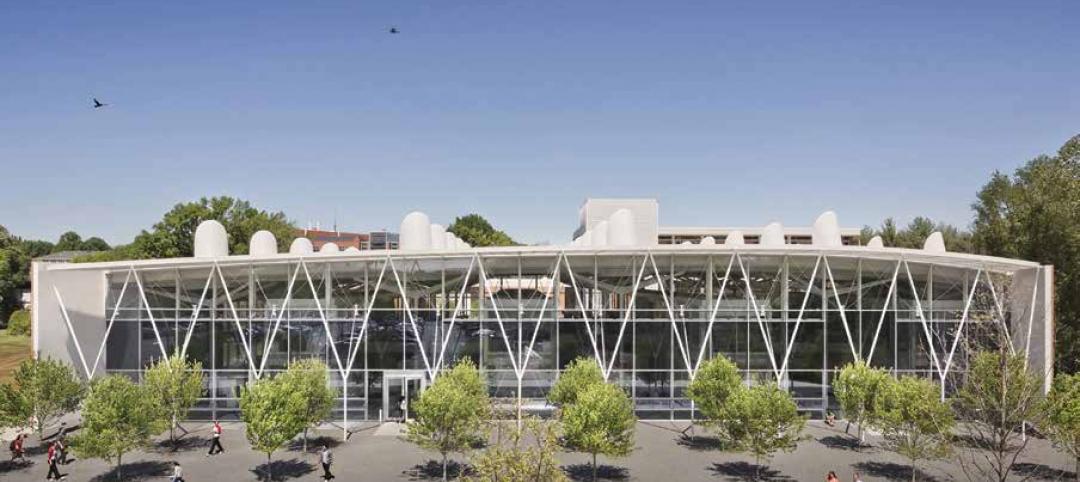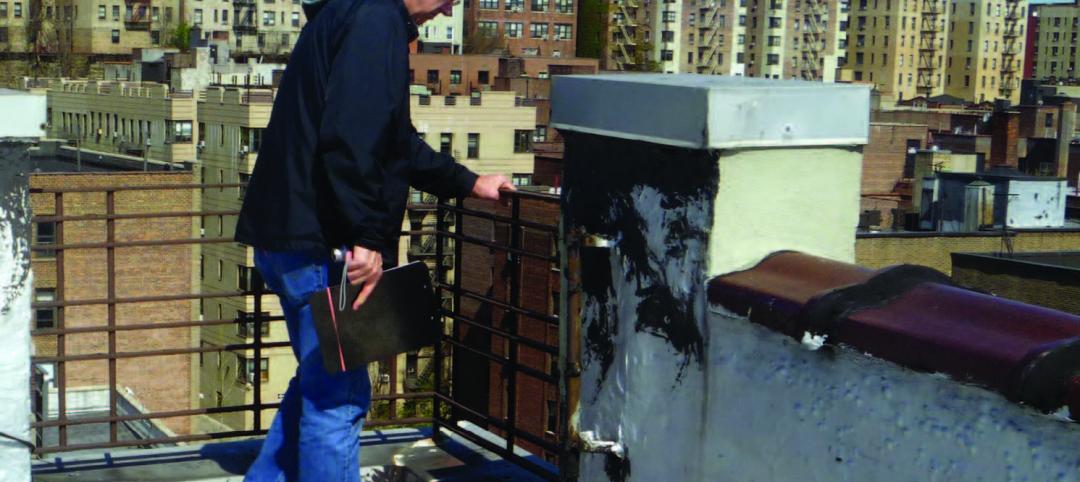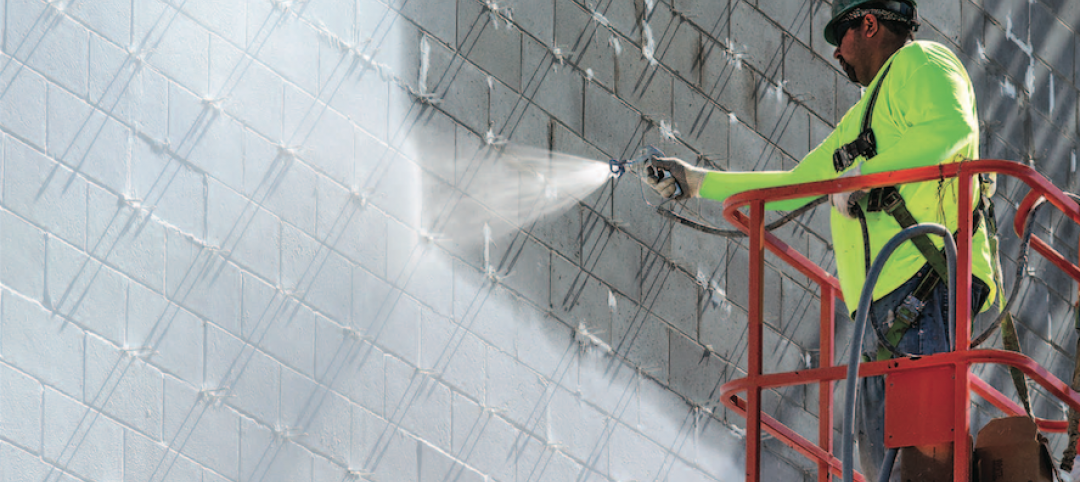A curtain wall shadow box is a spandrel assembly consisting of vision glass at the building exterior and an opaque infill at the interior side of the curtain wall system. Shadow boxes are generally used for one of two aesthetic reasons: to maintain the visual continuity of a curtain wall system as it crosses from vision glass to spandrel areas; or to give the spandrels the quality of having visual depth.
In 2017, Perkins+Will conducted a comprehensive review of literature related to the design of shadow boxes, including their failure and subsequent remediation. The literature review revealed four categories of shadow box failure:
• Condensation in the shadow box cavity
• Dust and debris infiltration into the shadow box cavity
• Thermal transfer (either excessively hot or cold) from the shadow box cavity to the interior surfaces of surrounding curtain wall mullions
• Structural failure of the exterior glass or shadow box back pan.
Learning Objectives
After reading this article, you should be able to:
* Describe the primary applications for shadow box assemblies in curtain wall systems.
* Discuss the most common reasons why shadow box assemblies fail.
* Identify the primary ventilation strategies for curtain wall shadow box assemblies.
* Understand the pros and cons of different ventilation strategies for curtain wall shadow box assemblies.
TAKE THIS FREE AIA CES DISCOVERY COURSE AT BDCUNIVERSITY.COM
Related Stories
BD+C University Course | May 24, 2018
Accommodating movement in building envelope materials [AIA course]
We may think of the building envelope as an inanimate object, but in reality its components can be quite mobile. This AIA CES course is worth 1.0 AIA LU/HSW.
BD+C University Course | May 24, 2018
Building passively [AIA course]
17 tips from our experts on the best way to carry out passive house design and construction for your next multifamily project. This AIA CES course is worth 1.0 AIA LU/HSW.
BD+C University Course | Apr 12, 2018
Meeting the demand for high-efficiency façades [AIA course]
On a national scale, the impetus to improve building energy performance is manifest in the latest and most far-reaching model energy code from the International Code Council.
BD+C University Course | Jan 2, 2018
The art and science of rendering: Visualization that sells architecture [AIA course]
3D artist Ramy Hanna offers guidelines and tricks-of-the-trade to ensure that project artwork is a stunning depiction of the unbuilt space.
BD+C University Course | Aug 23, 2017
AIA course: New steel systems add strength and beauty
Advances in R&D are fostering new forms of structural and aesthetic steel.
Building Enclosure Systems | Jul 26, 2017
Balcony and roof railings and the code: Maintain, repair, or replace? [AIA course]
Lacking familiarity with current requirements, some owners or managers complete a roof or balcony rehabilitation, only to learn after the fact that they need to tear noncompliant railings out of their new roof or terrace and install new ones.
Building Enclosure Systems | Dec 12, 2016
The 100-year enclosure: Strategies for heat-air-moisture control
Should institutional and commercial buildings be built to last 100 years? Why not? There are plenty of examples that have performed well for a century or more.


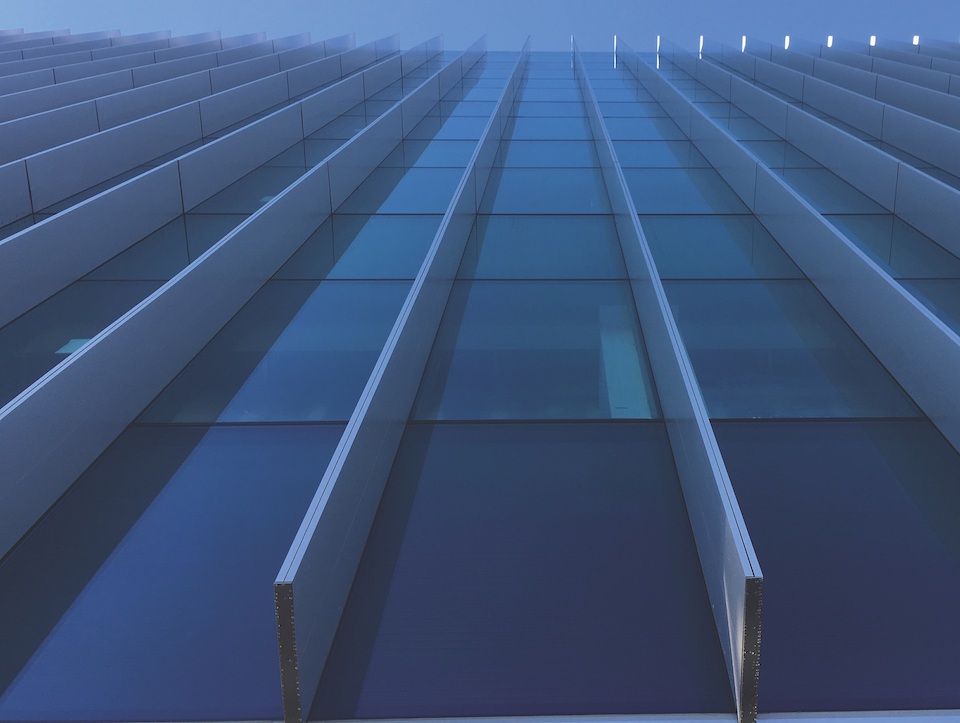
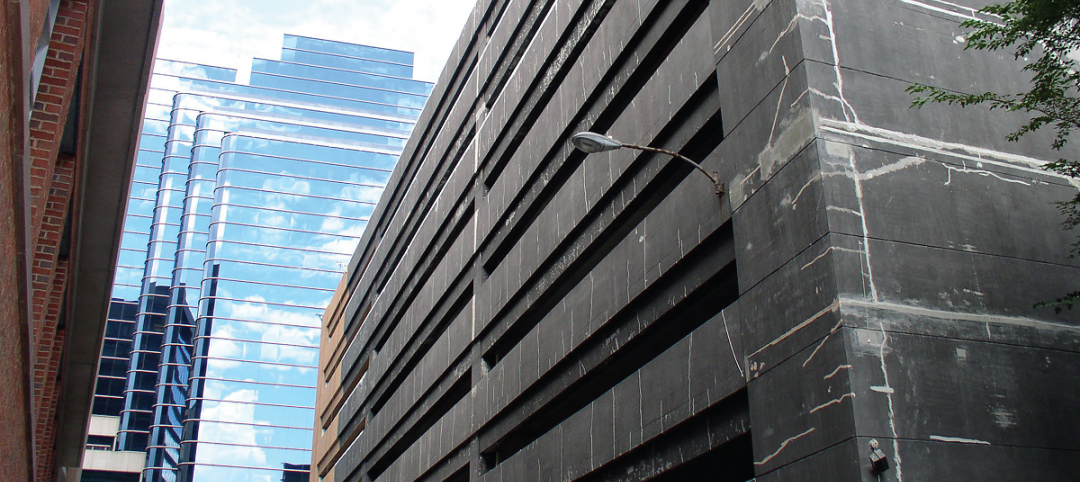
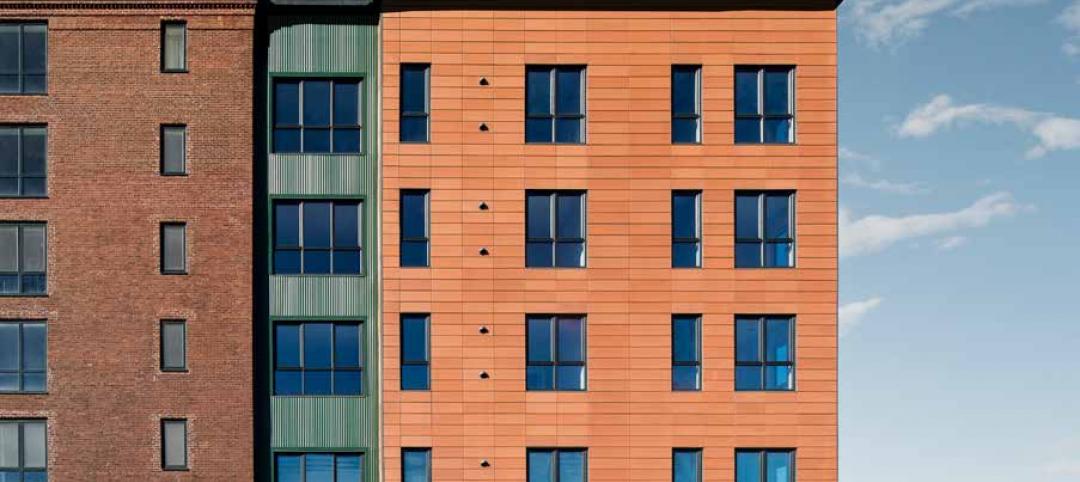
![Meeting the demand for high-efficiency façades [AIA course] Meeting the demand for high-efficiency façades [AIA course]](/sites/default/files/styles/list_big/public/AIA_BDC1217.jpg?itok=SOjPFpxR)

